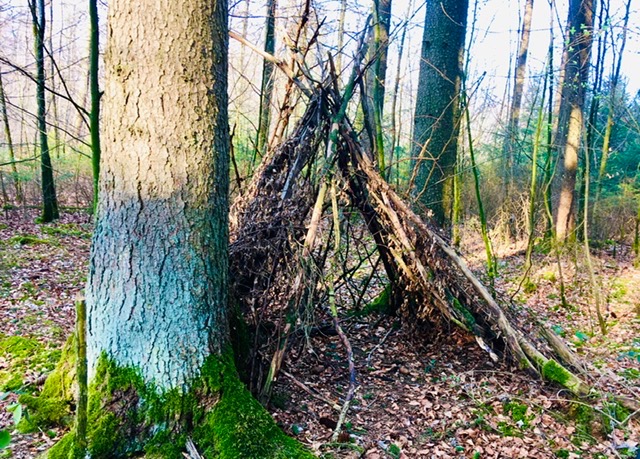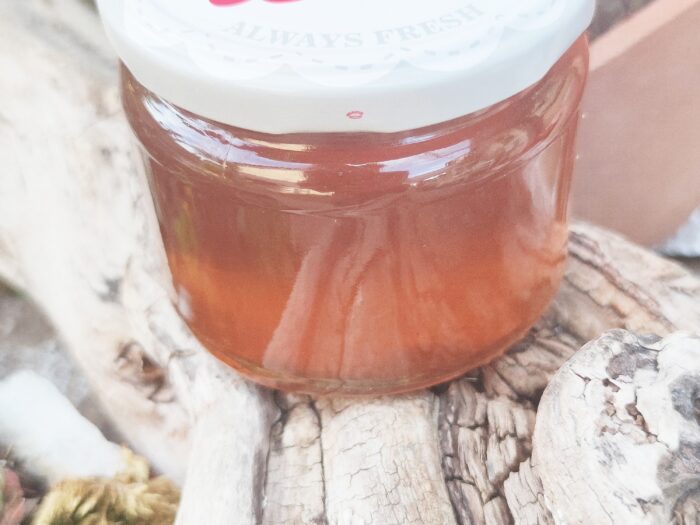Have you ever put together a herbarium before? For this you collect e.g. leaves, flowers or grasses. We collect leaves. This is not only interesting in autumn, but also in spring when the trees get the new leaves. Interesting is the determination of the leaves. What do the leaves look like? Are there tree families and what similarities do the leaves have? The children learn to look closely, they get to know their environment. Afterwards you can press the leaves and collect them in a herbarium. For this there is a guide and a copy template. Have fun.
Media Education for Kindergarten and Hort

Relief in everyday life, targeted promotion of individual children, independent learning and - without any pre-knowledge already usable by the youngest!
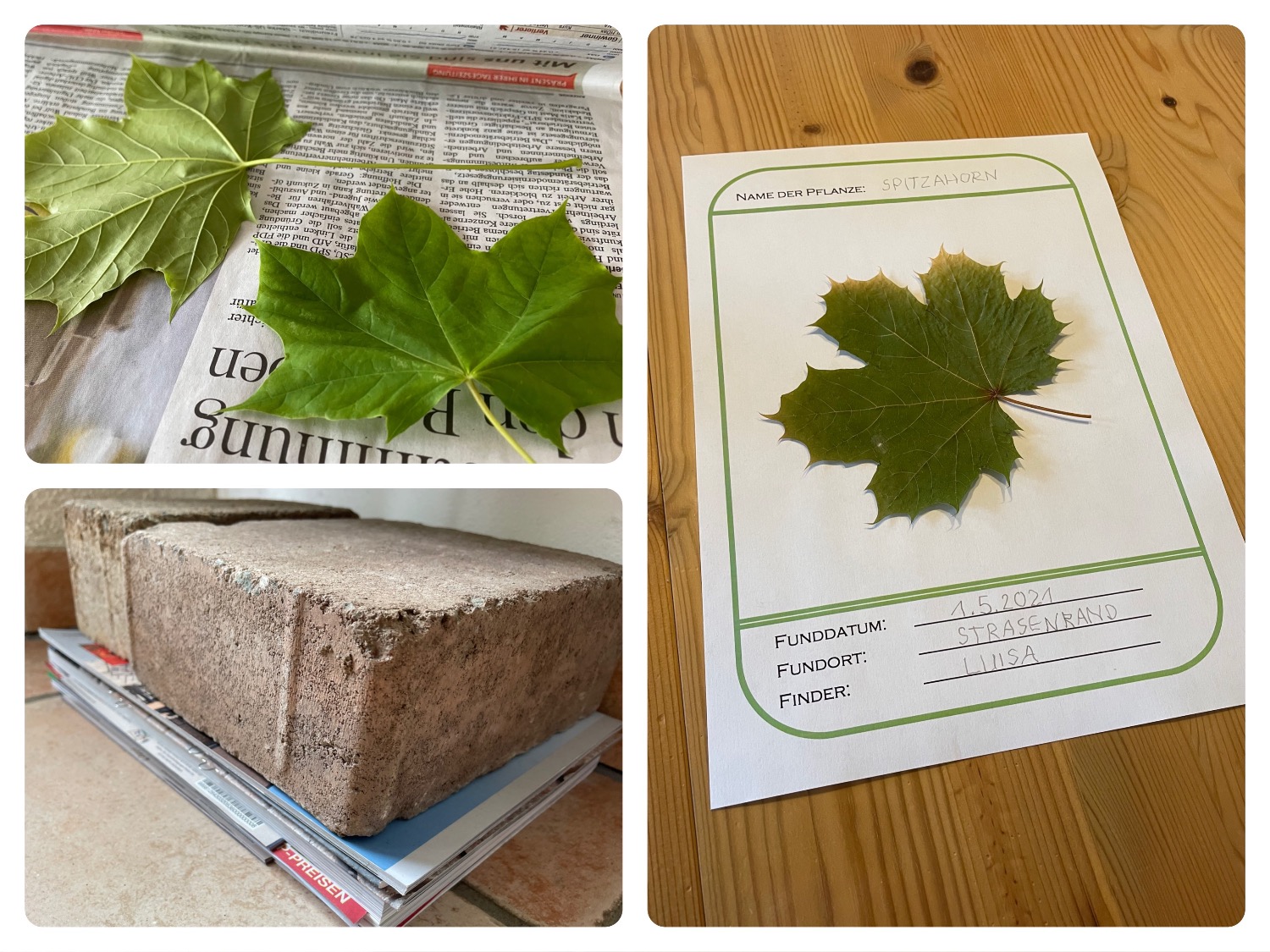
If you don't have a plant-determining app on your smartphone yet, download one, which will allow you to get information on site.
Then grab a bag for your finds and take a walk in nature, past trees and shrubs. We searched for different maple trees, which we found during a round through our residential area.
Tip: Collects dry leaves. Wet leaves mold while pressing.
It's a pointed maple.
With him we were enthusiastic about the color. Because this is not a autumn tree. The leaves of the pointed maple are red.
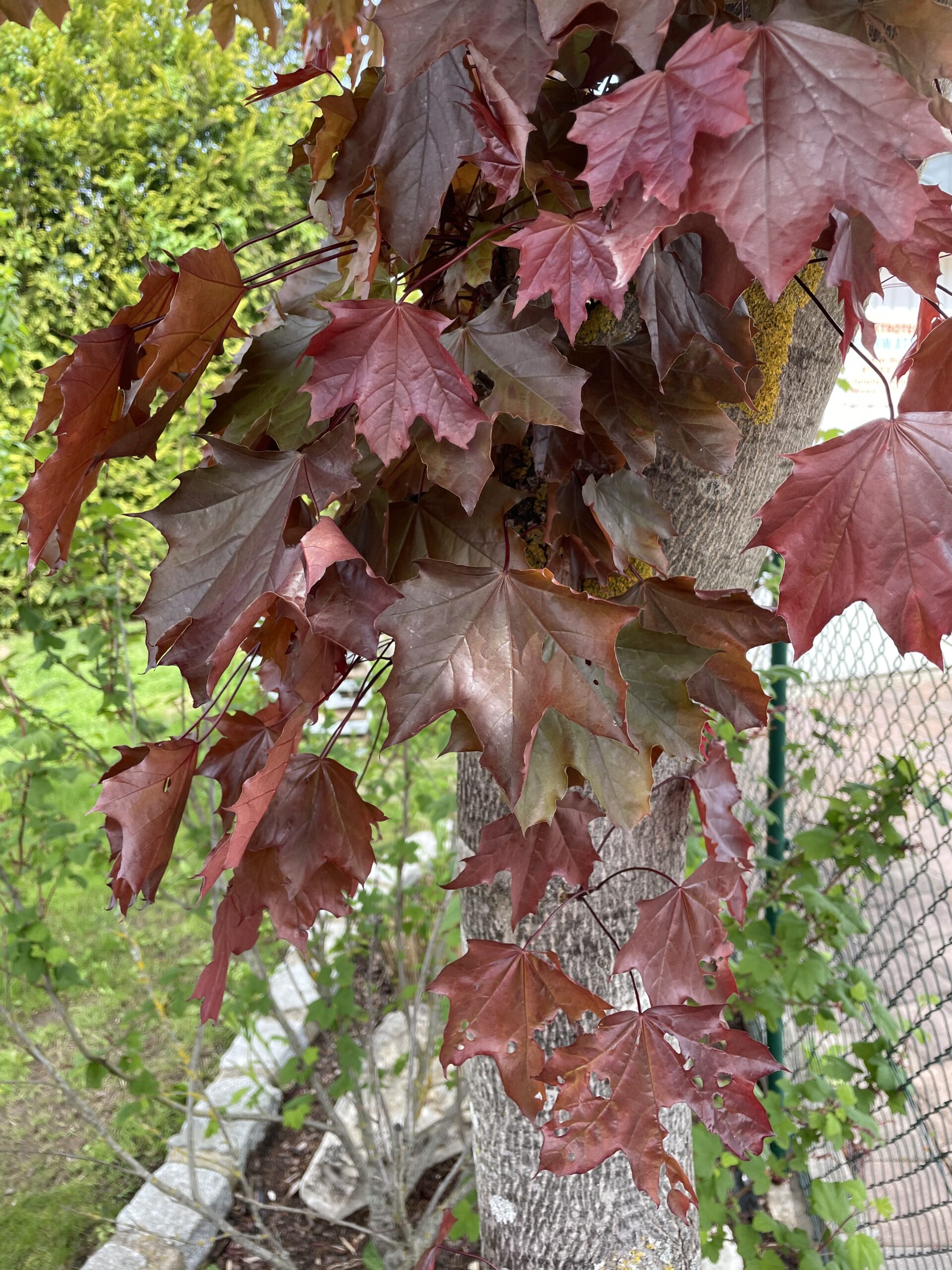
We took a couple of leaves for pressing, looking for whole leaves that aren't nibbled or holesy.
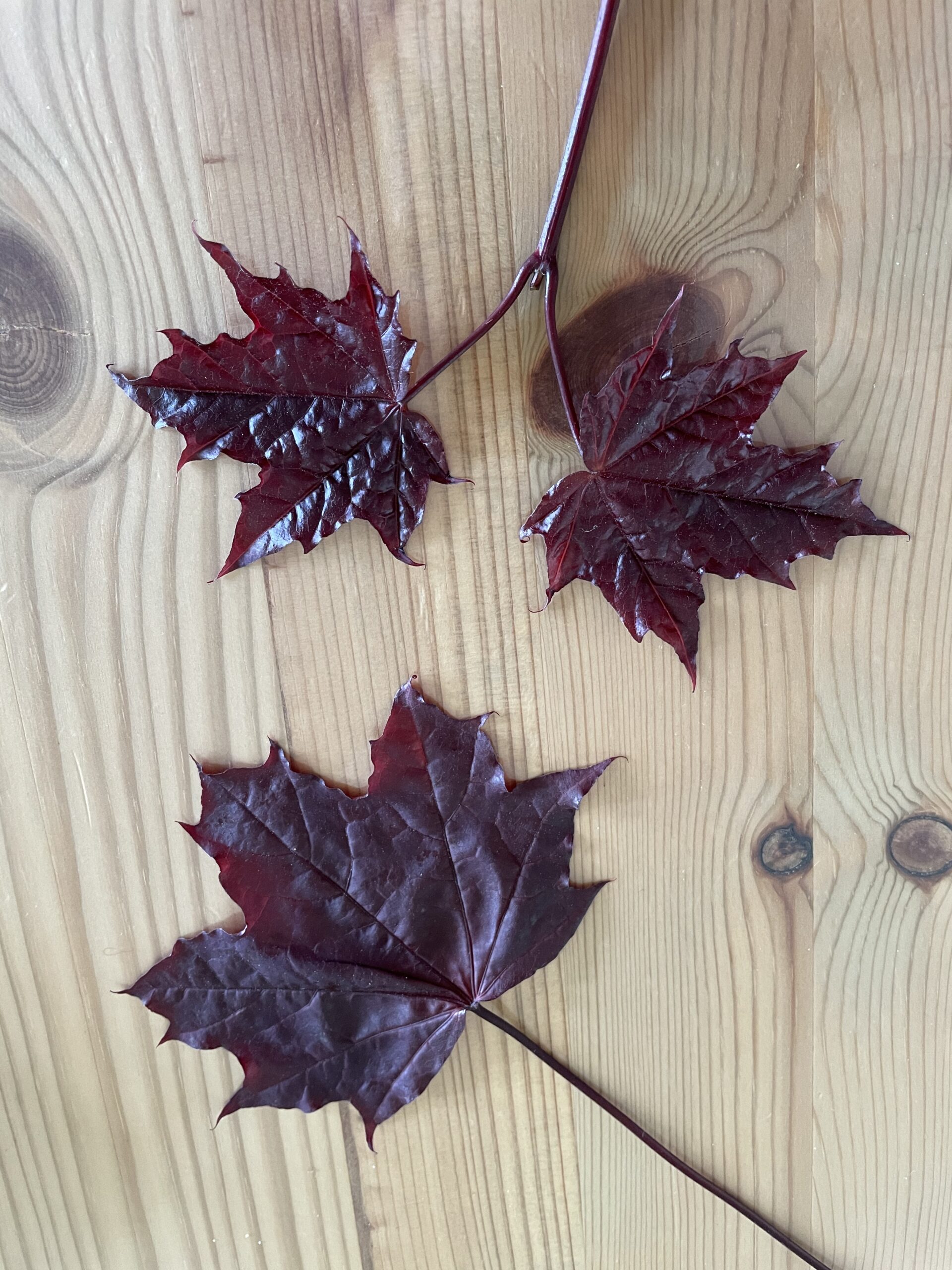


This is a field maple. Interesting here is the slightly reddish border of the leaves. The shape of the leaves shows that this is a maple tree.



Here, too, beautiful leaves are looking for pressing.
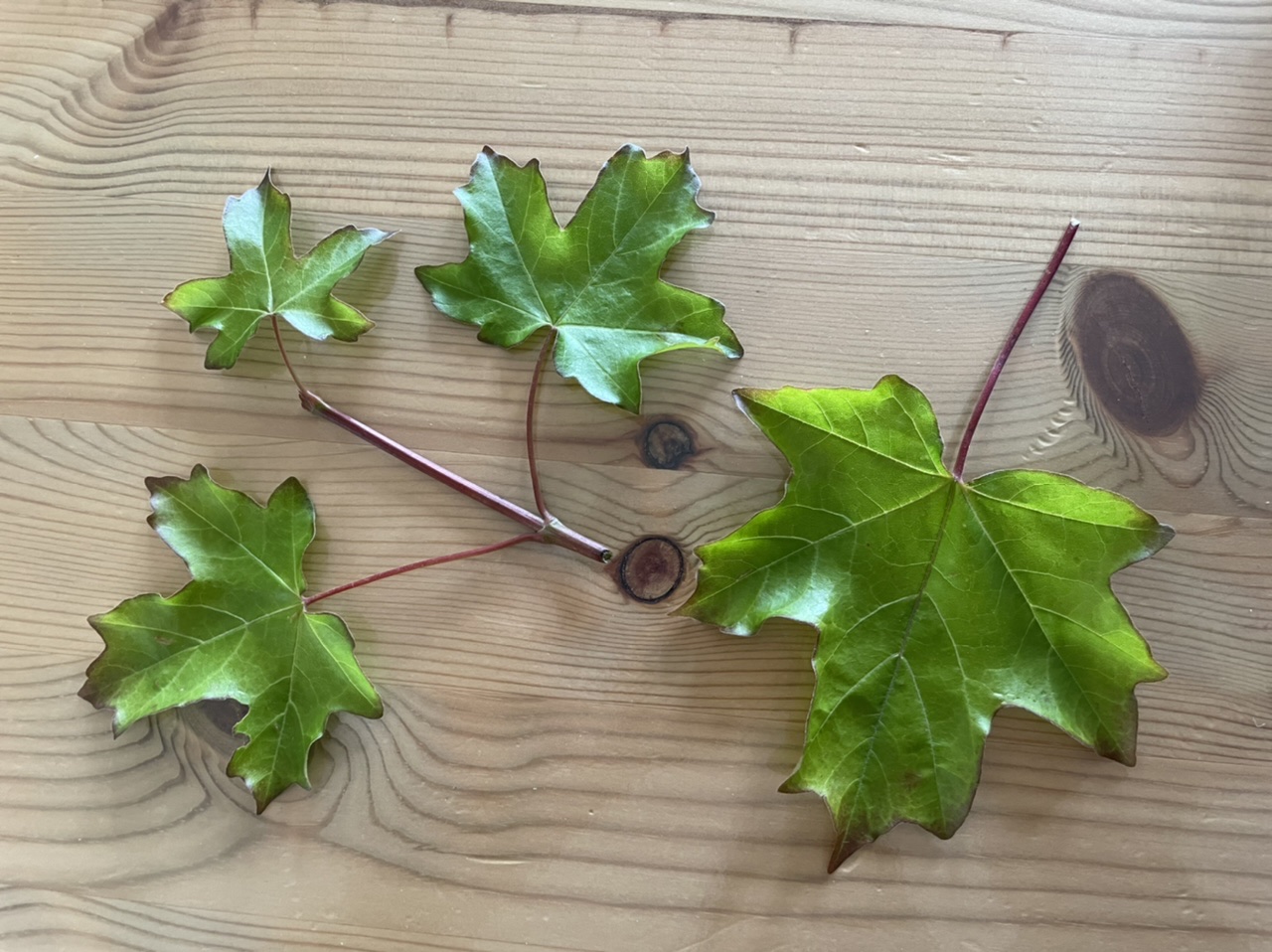


It's a mountain maple.
Its leaves feel very different and much thinner. It shines in rich green.



These leaves are also for pressing.
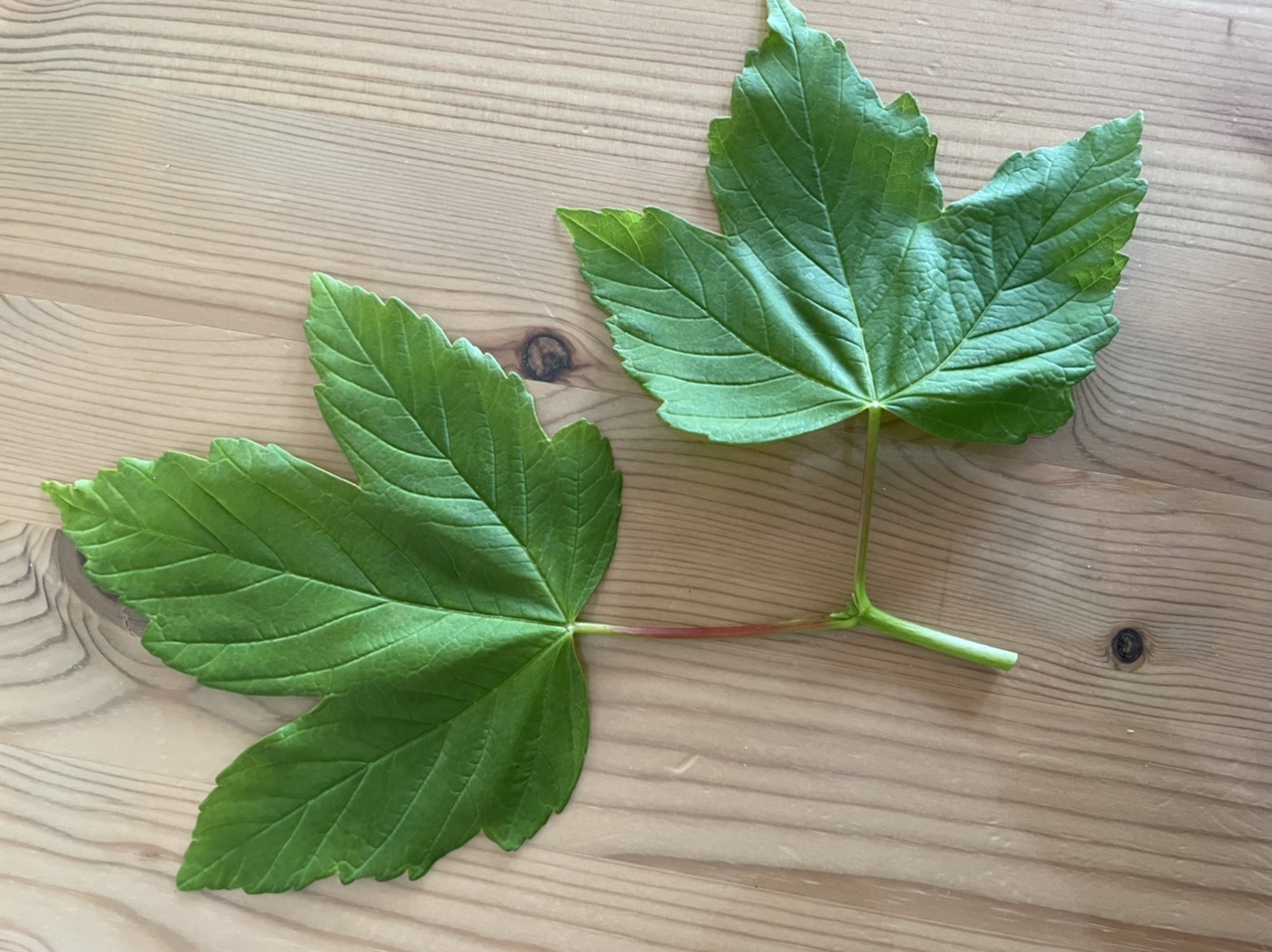


At home it is important to remove dirt and small animals from the leaves. For this you leave them for half an hour, so that small animals can crawl away from them. Then you pat them off a bit with a kitchen crepe. Do not wash the leaves, because otherwise they will mold while pressing!
Then you lay the leaves flat on a few sheets of newspaper.



Then put more newspaper over it.
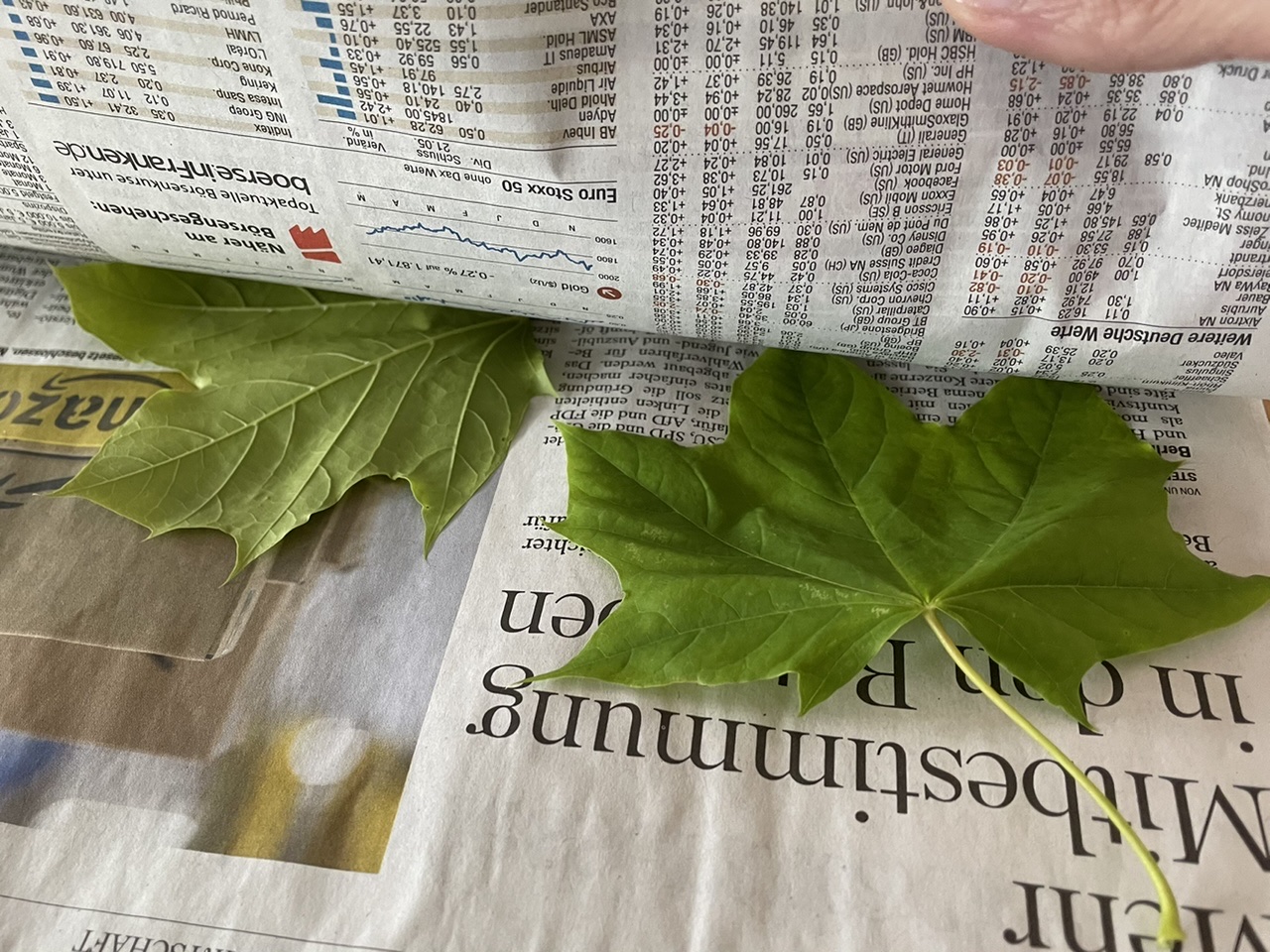


Now you push the leaves in the newspaper into a catalogue. The moisture of the leaves is absorbed by the paper when pressing.
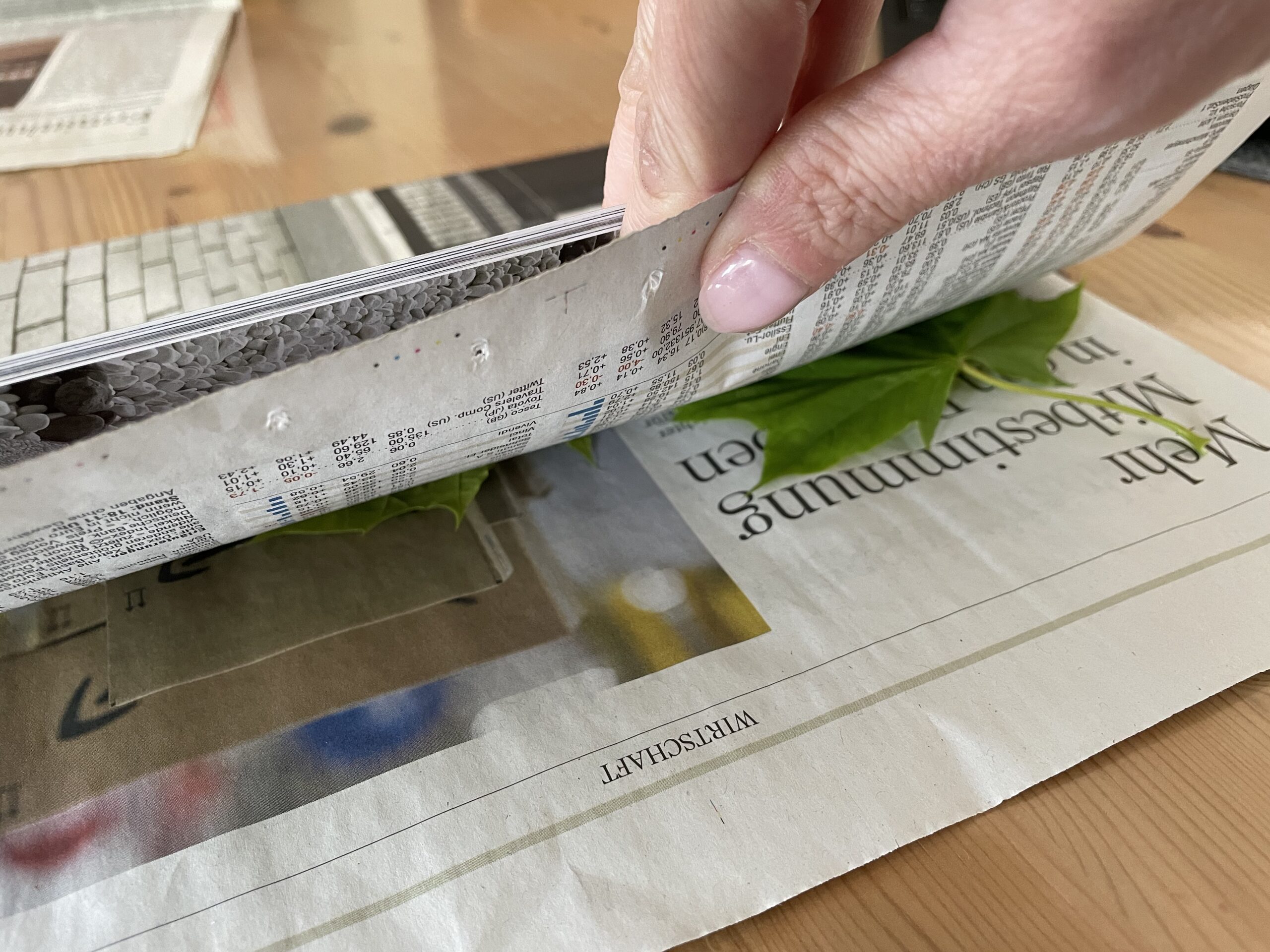


You then complain about the catalogue with stones, thick books or catalogues.
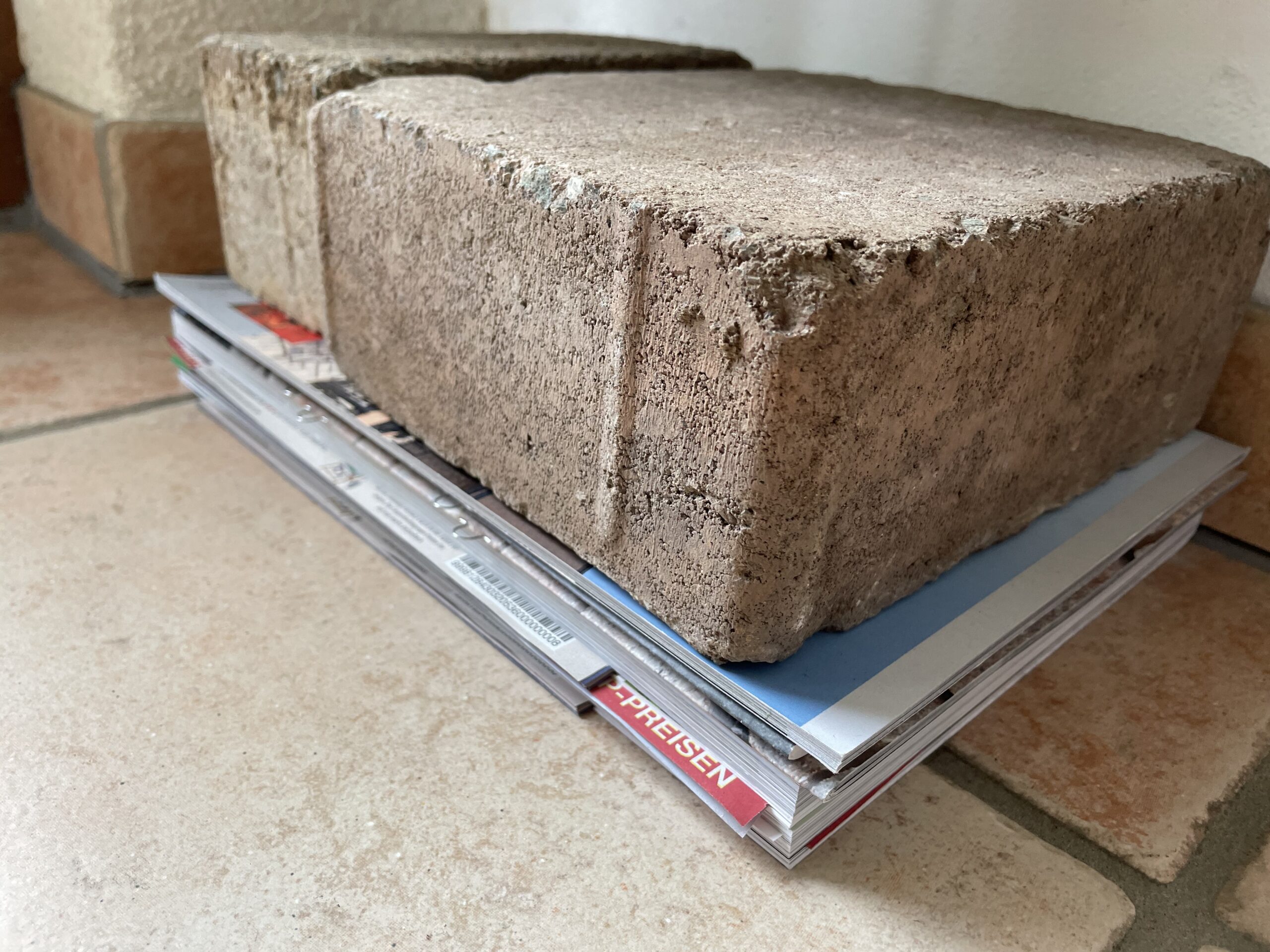


Now you press the leaves for about 10 days. After three days you renew the newspaper, otherwise it can become too moist and mold.
The finished pressed leaves are now glued on paper and thus form a herbarium.
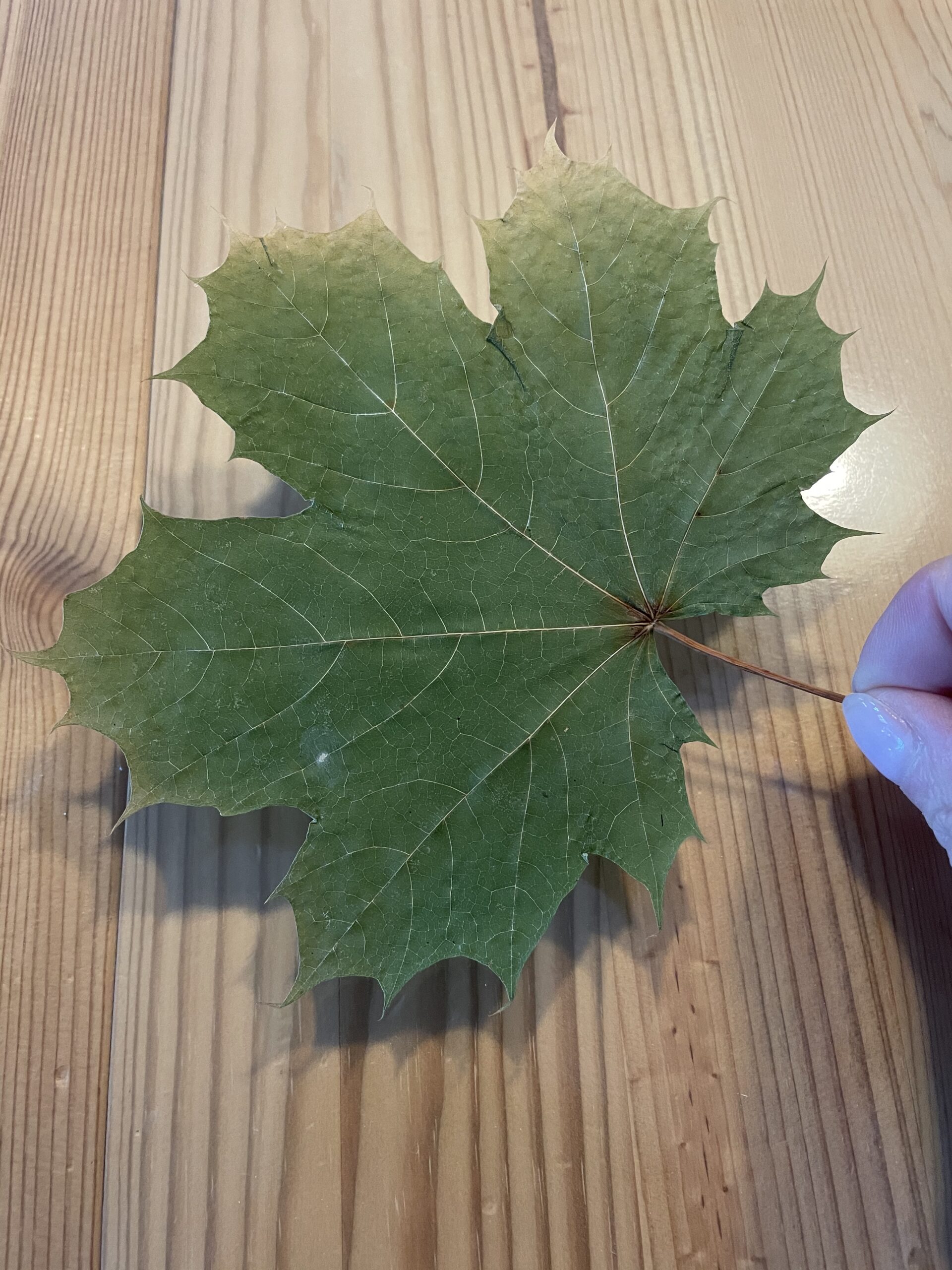


Print the template several times. For each tree type you use your own paper.



Now glue the dried sheet onto the paper with an adhesive point and gently press on the sheet.
Tip: You can also use spray glue, then the leaves are completely fixed.
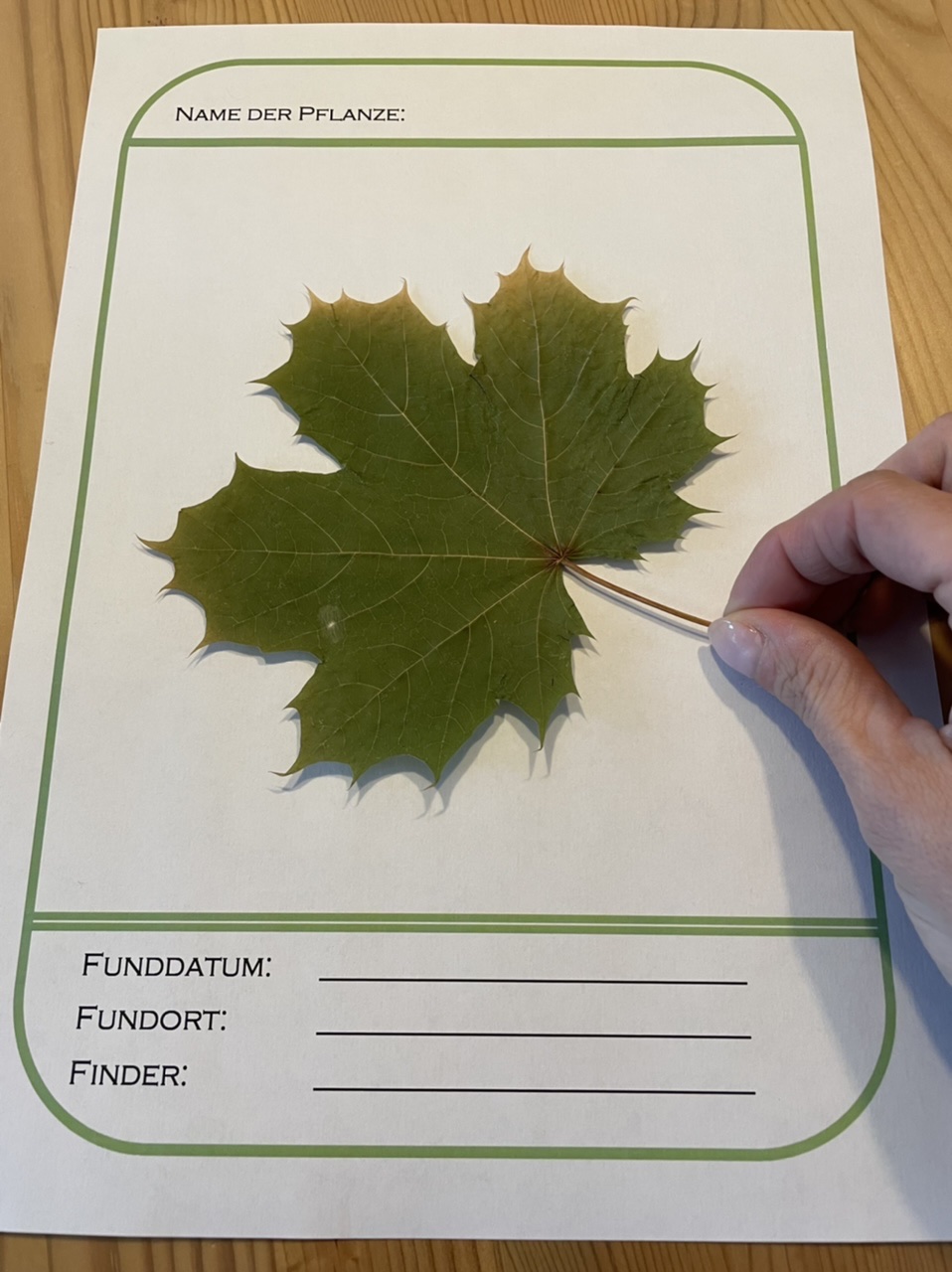


Now you label the sheet. Put the sheets together in a folder. If the individual pages are in transparent foils, the dried sheets do not crumble.
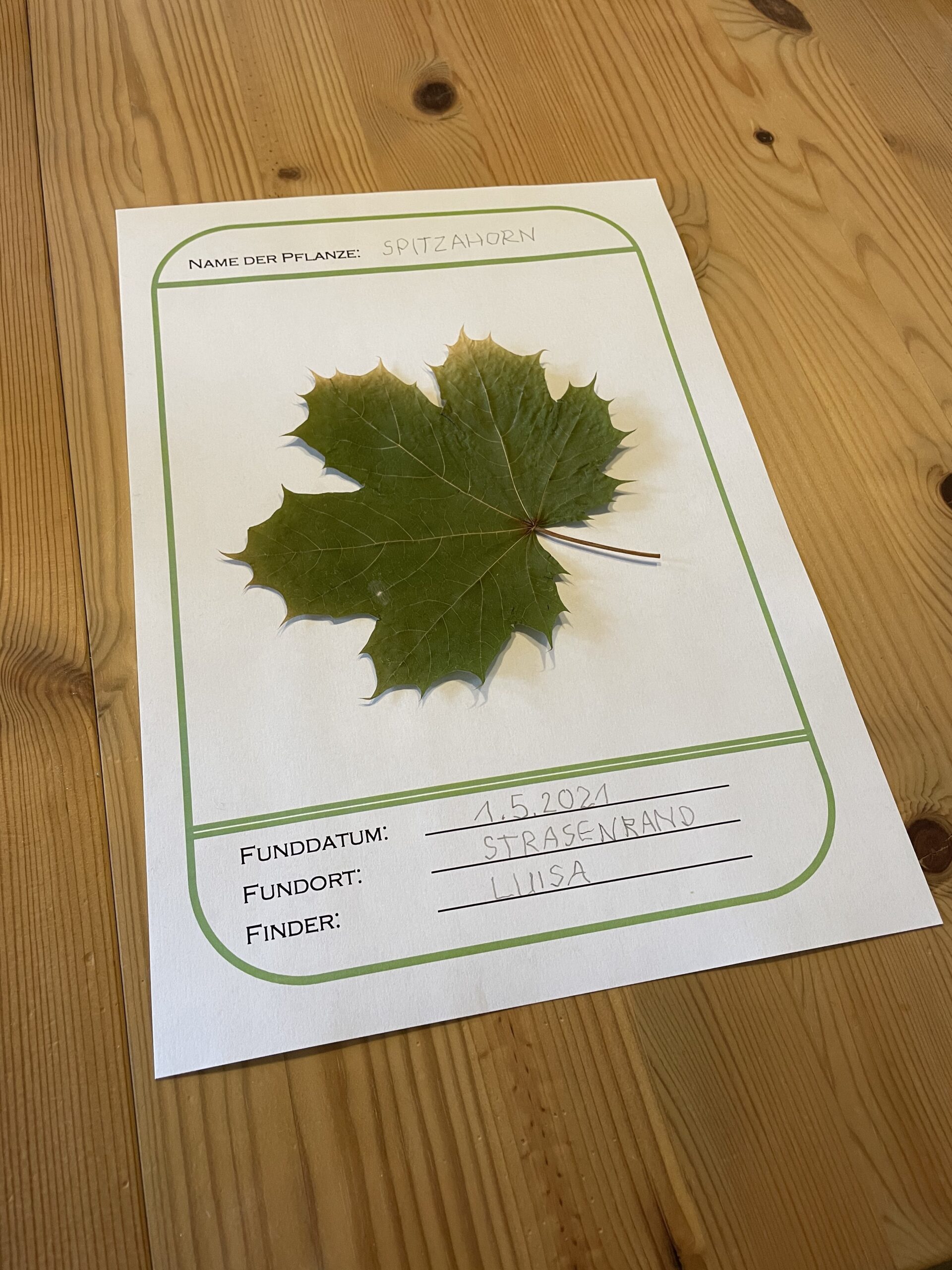


Print out a cover sheet.
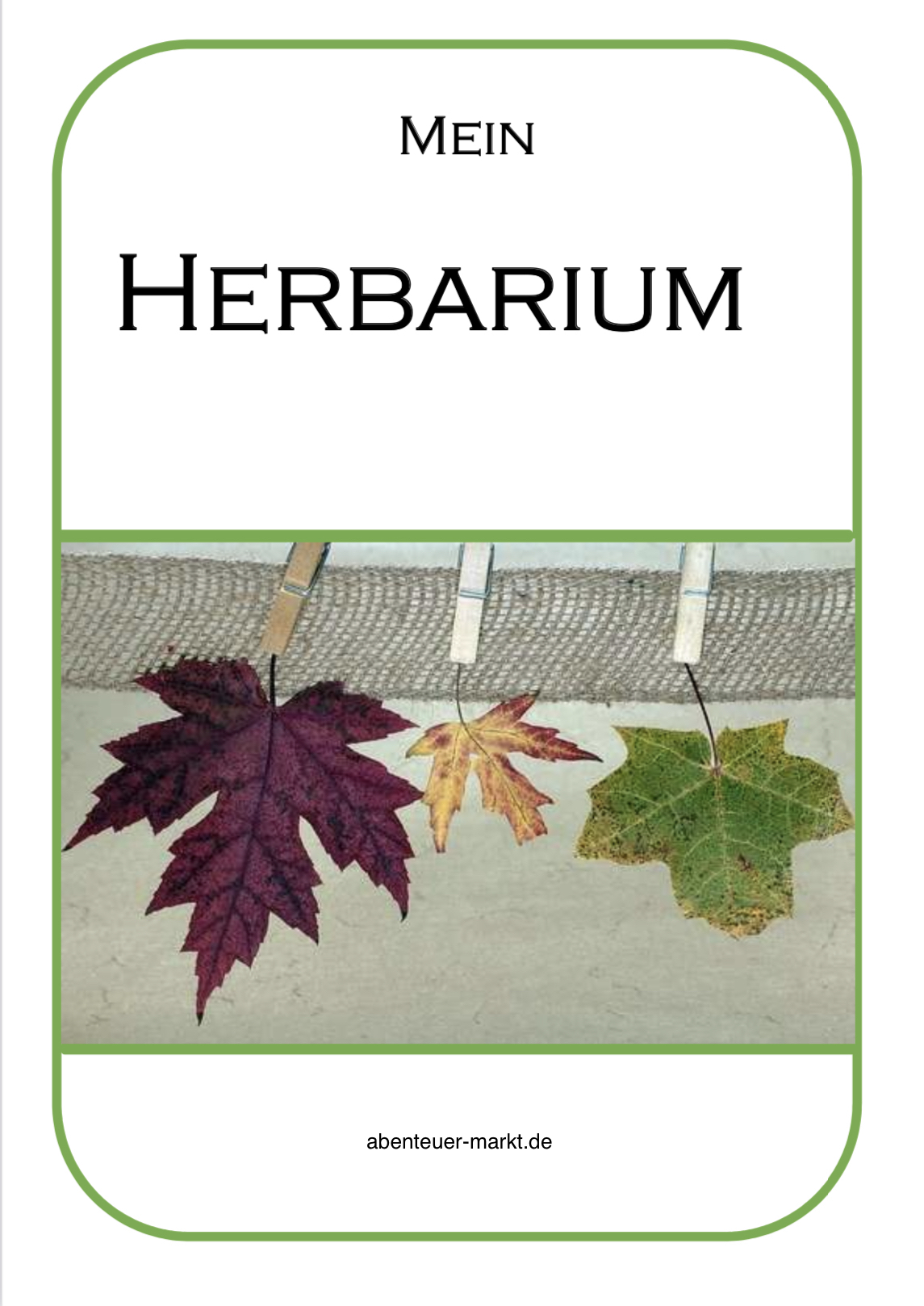


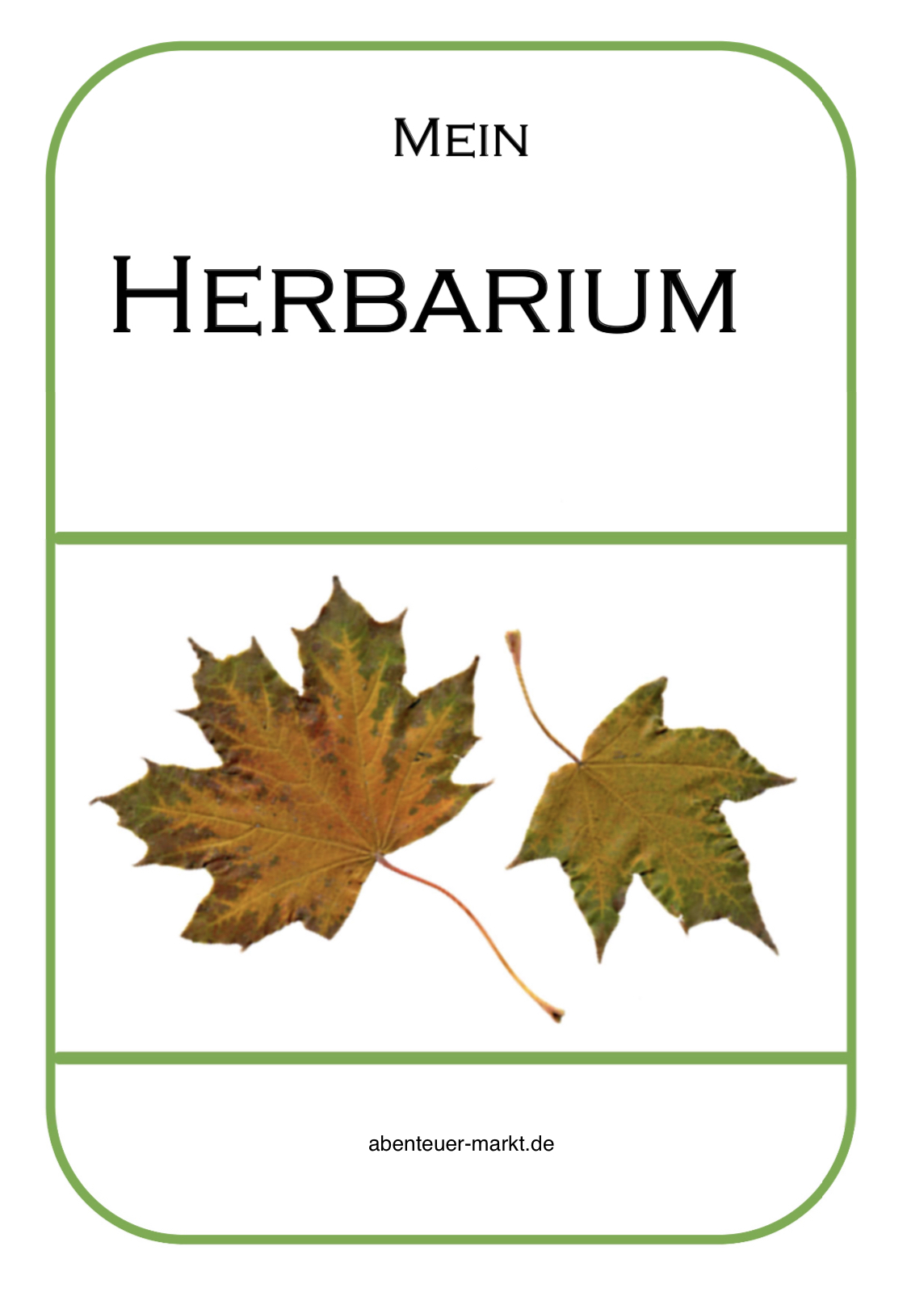





Alternatively, her collected leaves simply stick on a beautiful paper or white copy paper and write the names of the trees/trees.
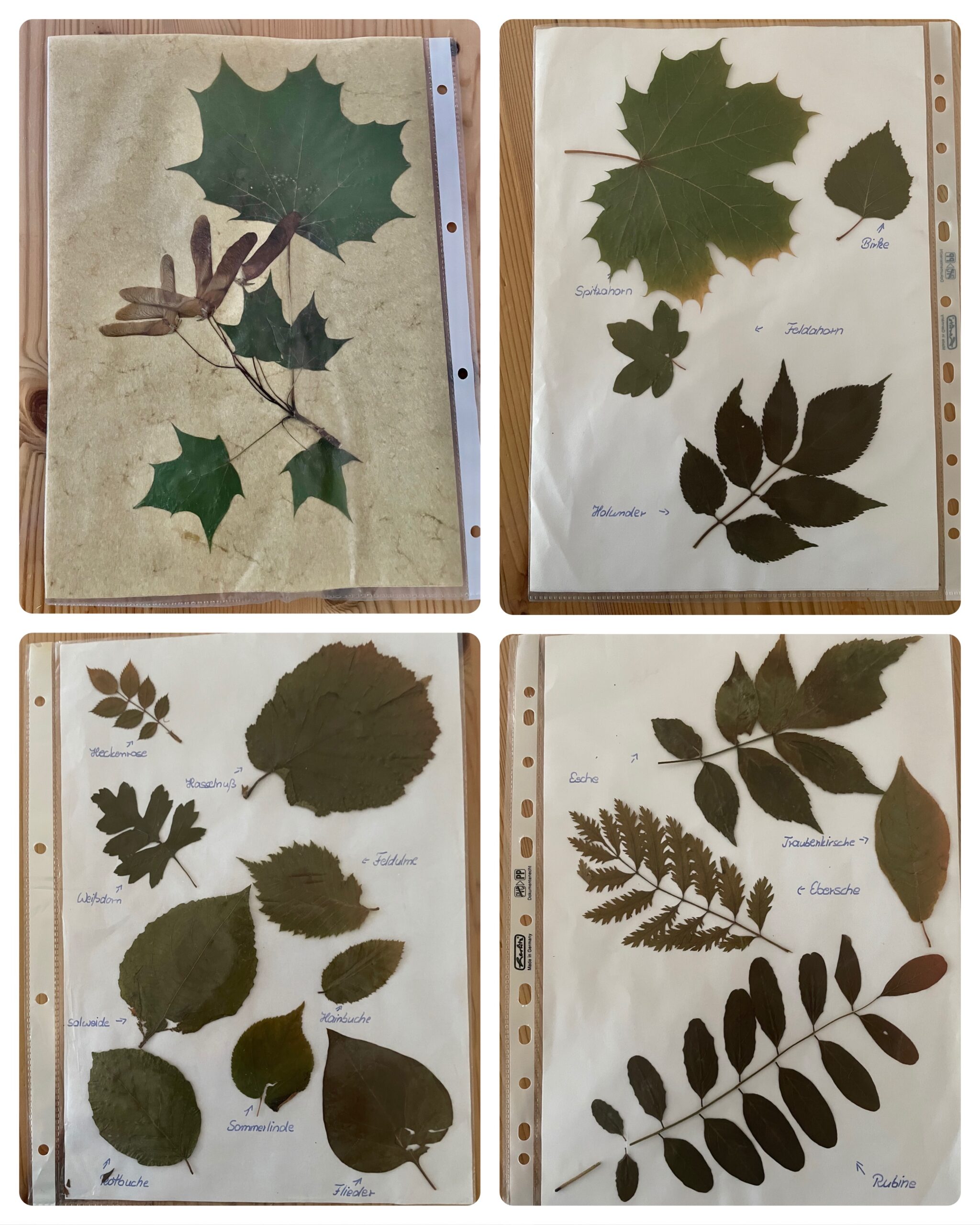


Have fun searching, finding, assigning and learning!



Collects very different leaves from well-known trees such as beech, birch, maple, chestnut, etc. and determines them.
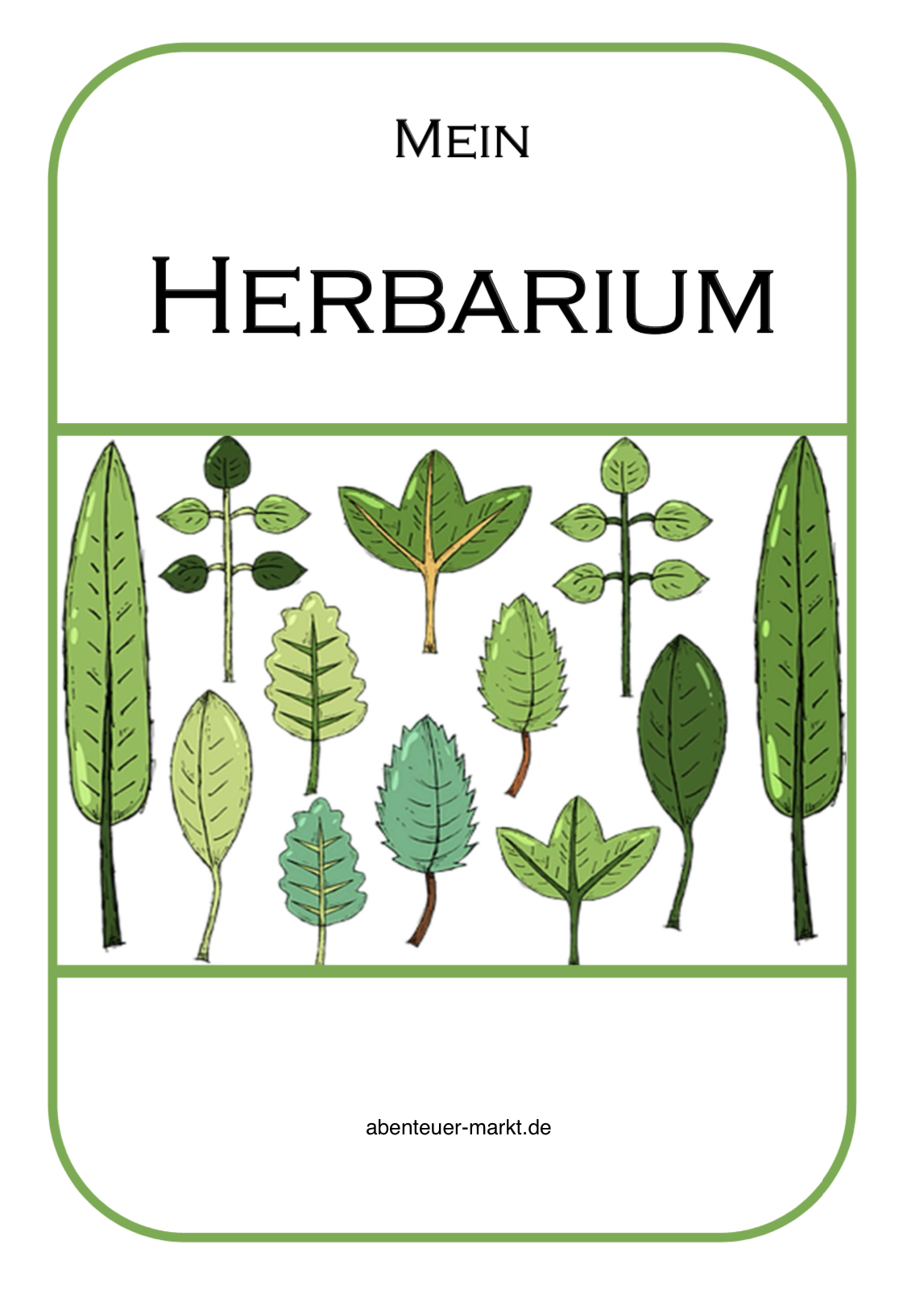


Create a herbarium with flowers, such as daisies, red clover, rooster foot, poppies, marguerites and other meadow flowers.
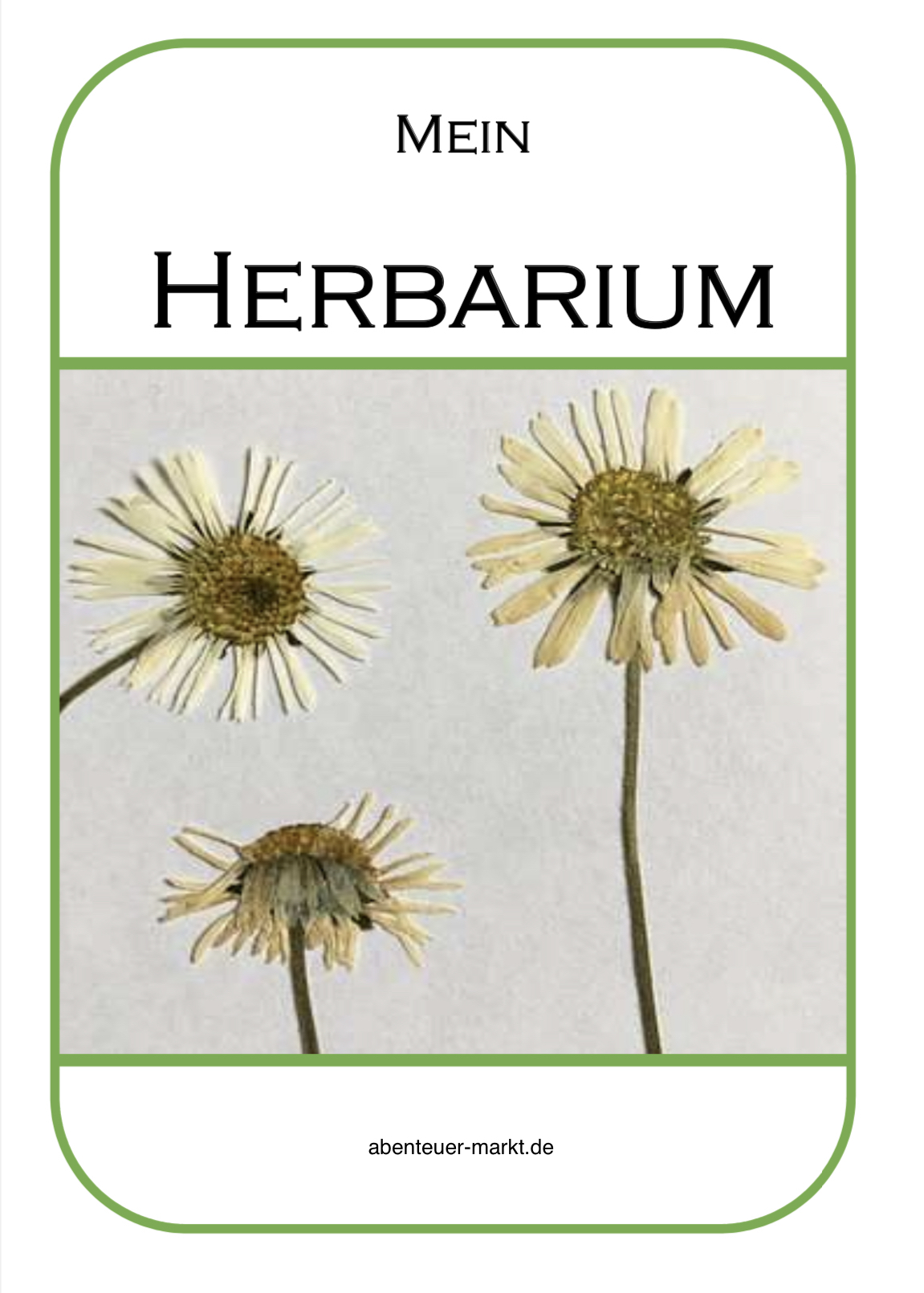


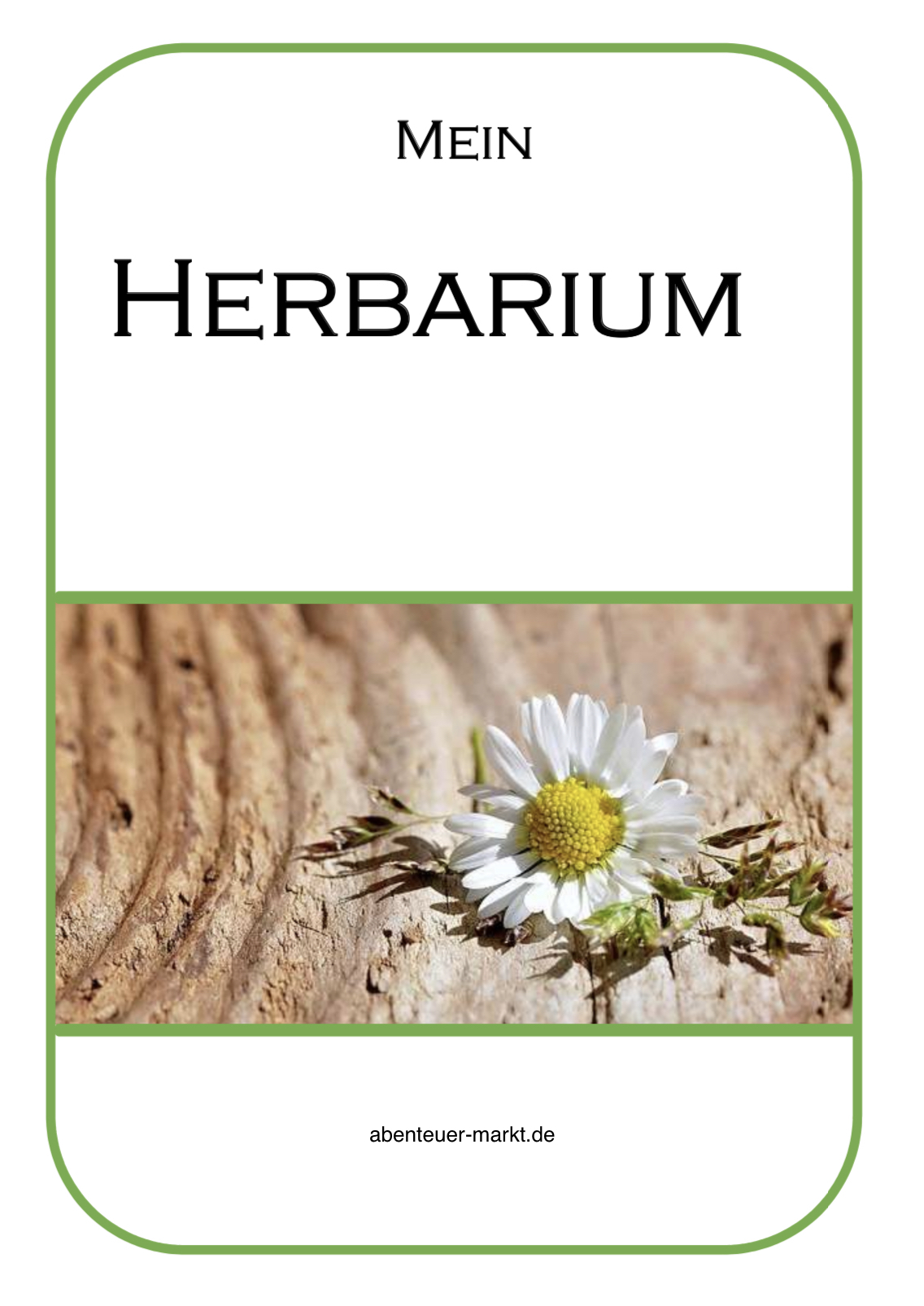


Or you can create a herbarium of grasses. You will be amazed at how many different species you can discover.
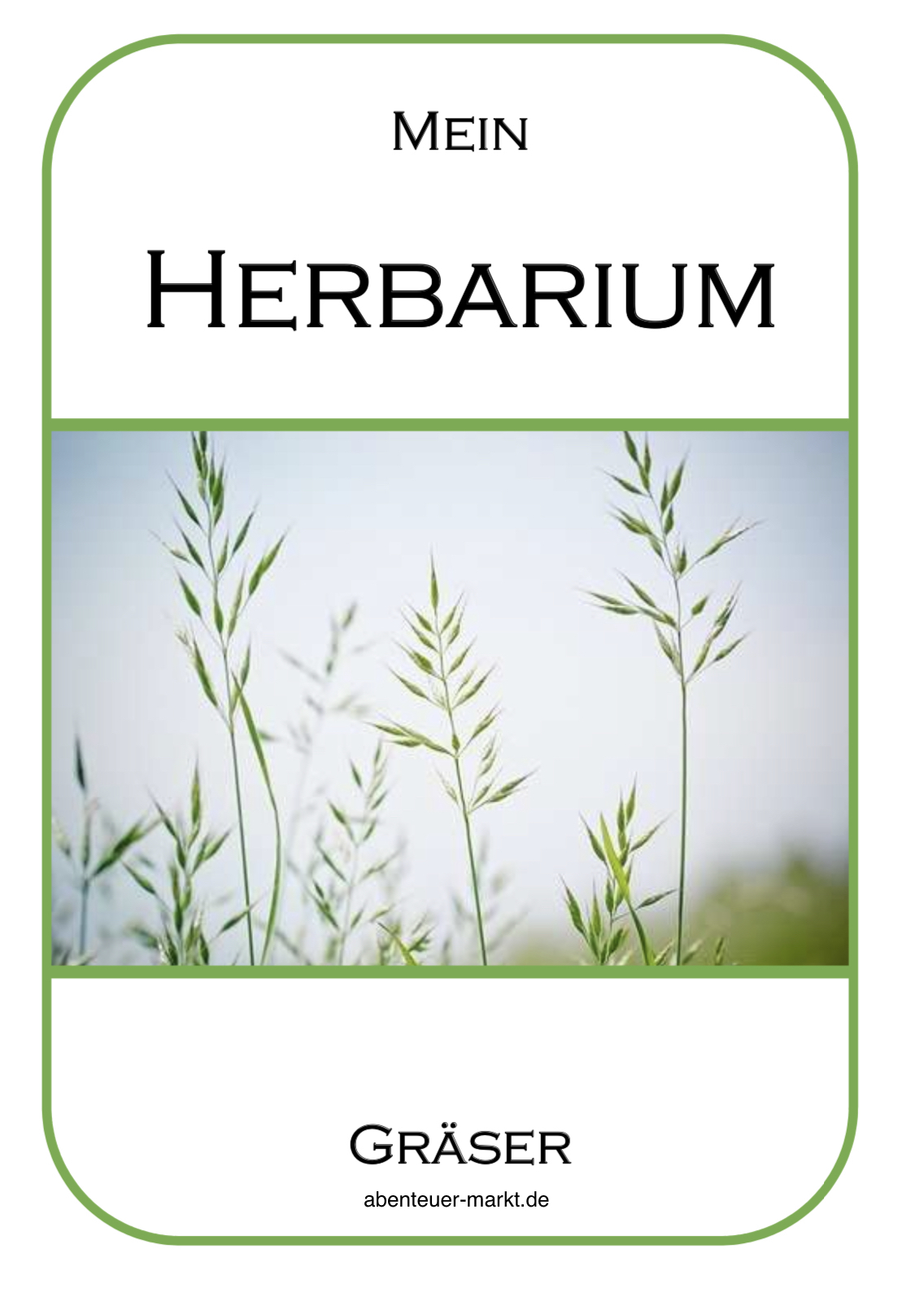


Materials
Directions
If you don't have a plant-determining app on your smartphone yet, download one, which will allow you to get information on site.
Then grab a bag for your finds and take a walk in nature, past trees and shrubs. We searched for different maple trees, which we found during a round through our residential area.
Tip: Collects dry leaves. Wet leaves mold while pressing.
It's a pointed maple.
With him we were enthusiastic about the color. Because this is not a autumn tree. The leaves of the pointed maple are red.



We took a couple of leaves for pressing, looking for whole leaves that aren't nibbled or holesy.



This is a field maple. Interesting here is the slightly reddish border of the leaves. The shape of the leaves shows that this is a maple tree.



Here, too, beautiful leaves are looking for pressing.



It's a mountain maple.
Its leaves feel very different and much thinner. It shines in rich green.



These leaves are also for pressing.



At home it is important to remove dirt and small animals from the leaves. For this you leave them for half an hour, so that small animals can crawl away from them. Then you pat them off a bit with a kitchen crepe. Do not wash the leaves, because otherwise they will mold while pressing!
Then you lay the leaves flat on a few sheets of newspaper.



Then put more newspaper over it.



Now you push the leaves in the newspaper into a catalogue. The moisture of the leaves is absorbed by the paper when pressing.



You then complain about the catalogue with stones, thick books or catalogues.



Now you press the leaves for about 10 days. After three days you renew the newspaper, otherwise it can become too moist and mold.
The finished pressed leaves are now glued on paper and thus form a herbarium.



Print the template several times. For each tree type you use your own paper.



Now glue the dried sheet onto the paper with an adhesive point and gently press on the sheet.
Tip: You can also use spray glue, then the leaves are completely fixed.



Now you label the sheet. Put the sheets together in a folder. If the individual pages are in transparent foils, the dried sheets do not crumble.



Print out a cover sheet.









Alternatively, her collected leaves simply stick on a beautiful paper or white copy paper and write the names of the trees/trees.



Have fun searching, finding, assigning and learning!



Collects very different leaves from well-known trees such as beech, birch, maple, chestnut, etc. and determines them.



Create a herbarium with flowers, such as daisies, red clover, rooster foot, poppies, marguerites and other meadow flowers.






Or you can create a herbarium of grasses. You will be amazed at how many different species you can discover.



Follow us on Facebook , Instagram and Pinterest
Don't miss any more adventures: Our bottle mail





